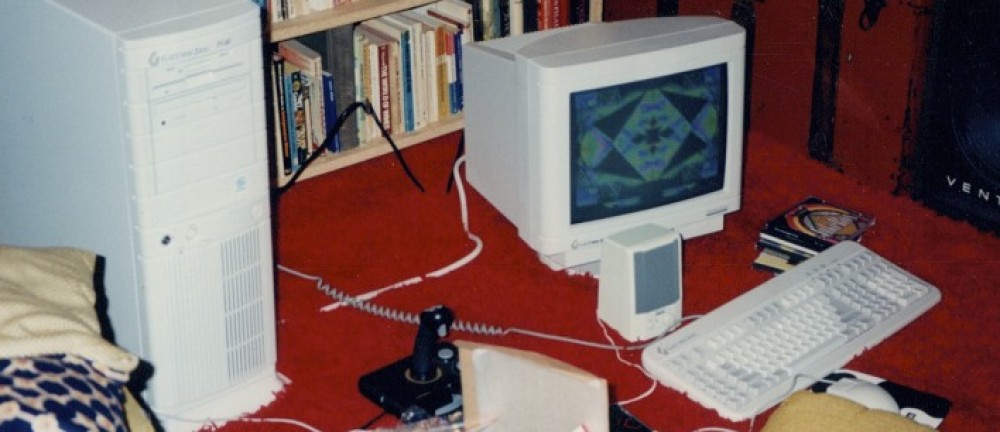One of the exciting possibilities in the AISOS space is the opportunity to combine technologies in new or novel ways. For example, combining RTI and photogrammetry may allow for 3d models with increased precision in surface details. Along these lines, we recently had the opportunity to do some work combining our GIGAMacro with our typical photogrammetry process.
This work was inspired by Dr. Hancher from our Department of English. He brought us some wooden printing blocks, which are made up of very, very fine surface carvings. His research interests include profiling the depth of the cuts. The marks are far too fine for our typical photogrammetry equipment. While they may be well-suited to RTI, the size of the blocks would mean that imaging with RTI would be very time consuming.
As we were pondering our options, one of our graduate researchers, Samantha Porter, pointed us to a paper she’d recently worked on which dealt with a similar situation.
By manually setting the GIGAMacro to image with a lot more overlap than is typical (we ran at a 66% overlap), and using a level of magnification which fully reveals the subtle surface details we were interested in, we were able to capture images well suited to photogrammetry. This process generates a substantial amount of data (a small wooden block consisted of more than 400 images), but it’s still manageable using our normal photogrammetry tools (Agisoft Photoscan).
After approximately 8 hours of processing, the results are impressive. Even the most subtle details are revealed in the mesh (the mesh seen below has been simplified for display in the browser, and has had its texture removed to better show the surface details). Because the high-overlap images can still be stitched using the traditional GIGAMacro toolchain, we can also generate high resolution 2d images for comparison.
We’re excited to continue to refine this technique, to increase the performance and the accuracy.
